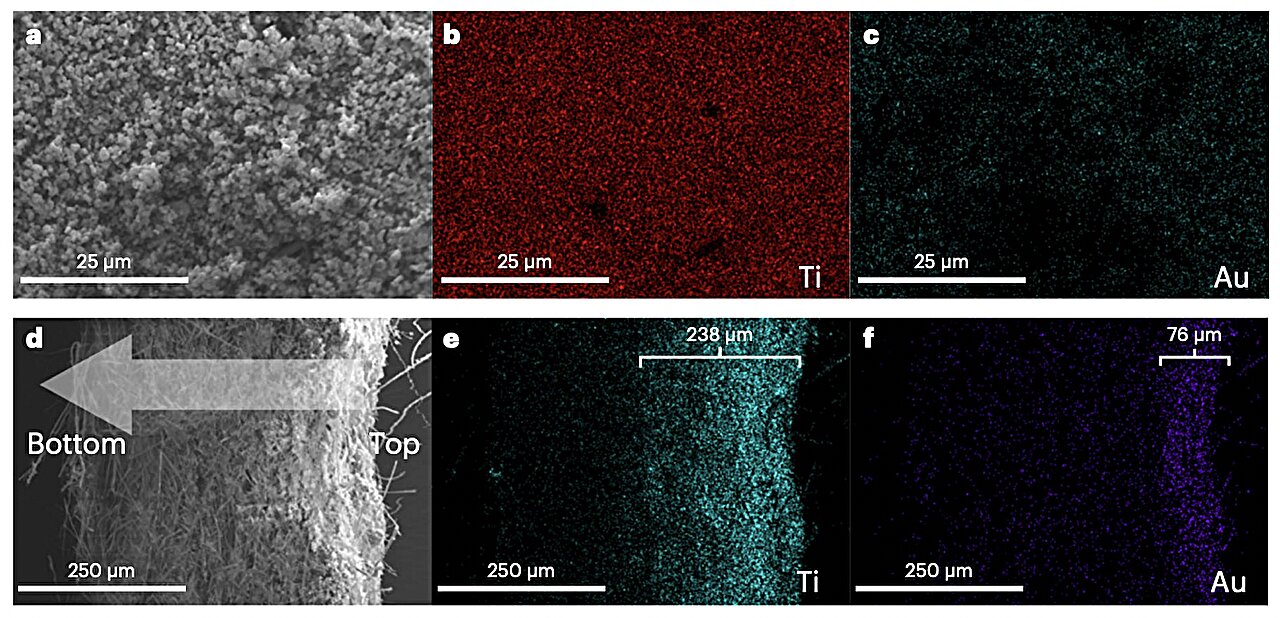The hydrocarbon methane is highly abundant on Earth, yet its release is now known to contribute to surges in temperature and climate change. In recent years, researchers have been trying to devise reliable methods to directly convert methane into other fuels and chemicals with valuable real-world applications.
These strategies include catalyst-based methods to prompt the oxidative coupling of methane to substances containing the green gas diatomic carbon (C2). This reaction, however, typically requires extreme and challenging environmental conditions, due to the unfavorable characteristics of the thermocatalysts introduced so far.
Researchers at University College London, University of Liverpool have recently developed a new photocatalyst that could advance the oxidative coupling of methane. This photocatalyst, introduced in Nature Energy, is based on titanium dioxide (TiO2 ) loaded with gold (Au) nanoclusters.
“Photocatalytic oxidative coupling of methane (OCM) produces C2 molecules that can be used as building blocks for synthesis of fuels and chemicals,” Xiyi Li, Chao Li and their colleagues wrote in the paper. ”However, the yield rate and the selectivity of C2 products are still moderate due to the stable nature of methane molecules.”
Using a rapid sputtering method, the researchers were able to homogenously load Au nanoclusters onto TiO2, producing their promising new photocatalyst. In initial tests, an optimized sample of their photocatalyst appeared to perform remarkably well, converting methane into C2 at a high rate and without requiring particularly harsh reaction conditions.
2023-09-14 04:00:04
Post from phys.org
